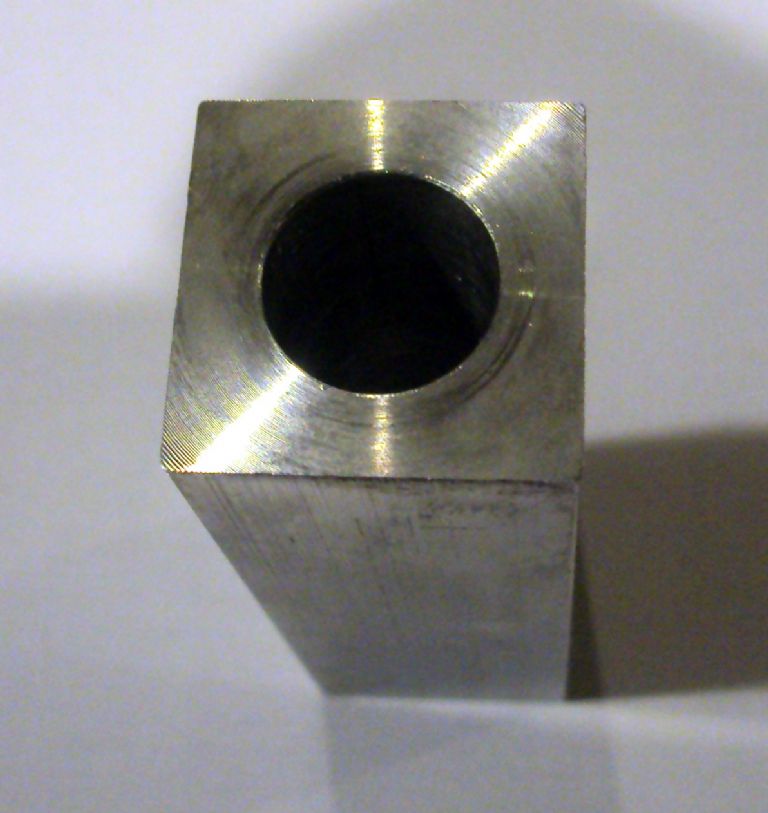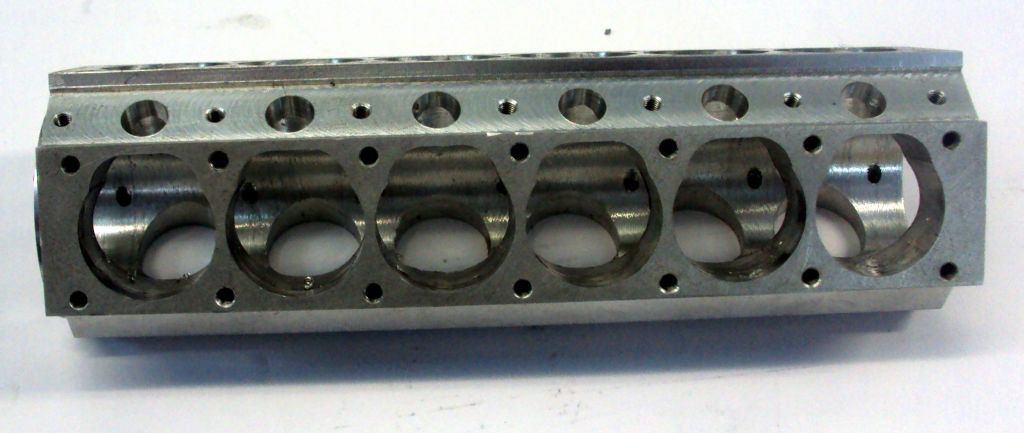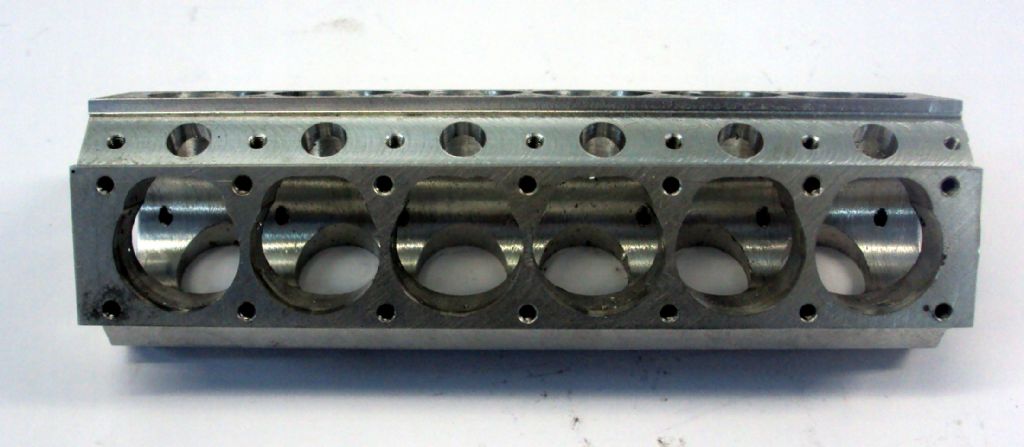As Mr Westbury said, you can't really get any supercharge on a conventional two stroke, since the exhaust port will usually be open until after the transfer port has closed. So the pressure in the cylinder cannot be higher than the exhaust pressure. The exhaust pressure can of course be made to be high at just the right moment with a suitable tuned pipe, but that will only work over a narrow power band.
The DKW mentioned above is a split single, eg two cylinders with a common combustion space, and both worked off the same crank. This allows assymetrical timing, eg the exhaust opens before the transfer, and then closes before the transfer. That would allow the cylinder to be pressurised by the crankcase pressure, and if there is a blower driving the mixture into the crankcase, supercharge will be acheived. However I think that even with this advantage, a lot of mixture must have just gone straight out the exhaust port before it closed, going by the fuel mileage I have seen quoted.
I guess for a model as per the original post, the convenience of having a common crankcase might make it worth having a separate blower to do the scavenging, and if you don't overdo the crankcase pressure the economy should not be too bad, at least by the usual standards of small engines, which tend to be pretty thirsty. It won't actually be supercharged, unless you can provide for the transfer to close after the exhaust. Some two stroke diesels manage this by having two pistons in one cylinder, inlet controlled by one piston and exhaust by the other. Then by offsetting the cranks a little you can get assymetrical timing.
John
 Michael Gilligan.
Michael Gilligan.







